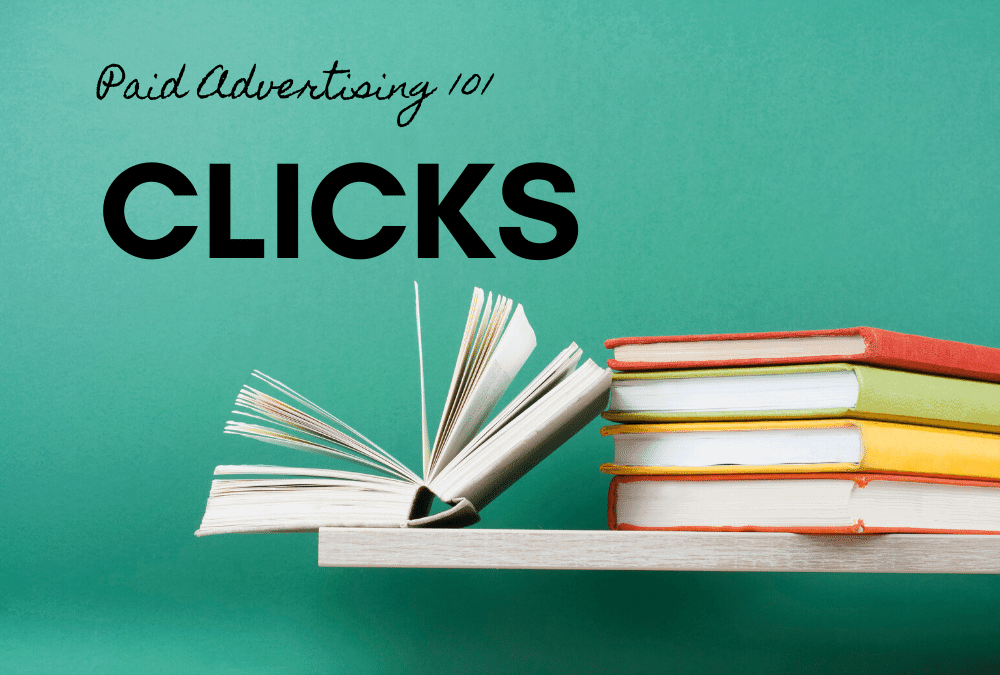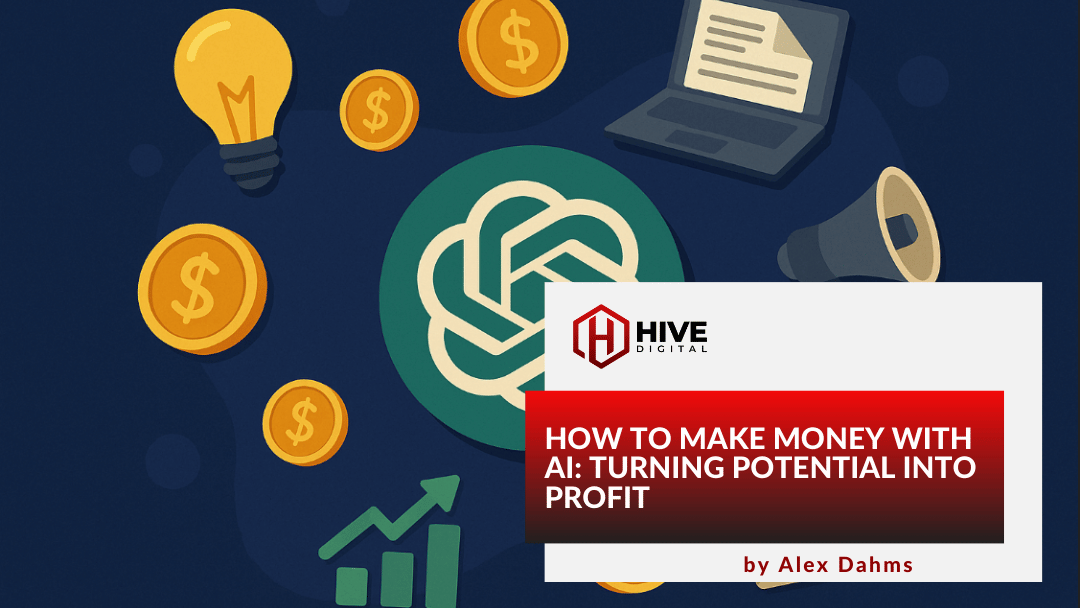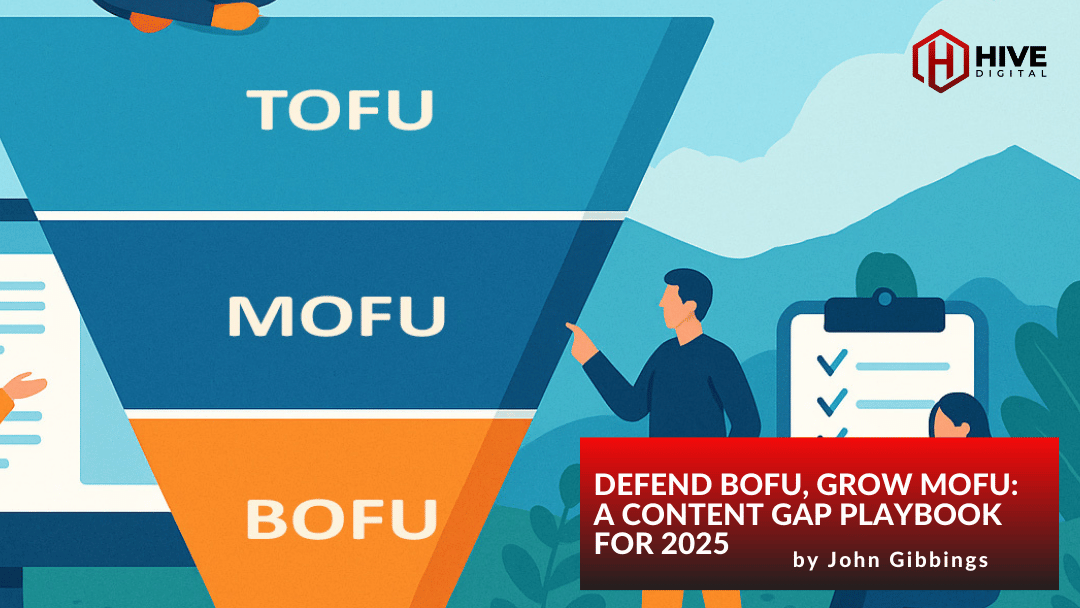Clicks
A “click” represents each time a user clicks your ad, be it an ad on the search results page, another web page within your platform’s shopping or display network, or within a user’s social media feed.
Not to be confused with “interactions”—which measures more than just clicks (in much the same way a square is a rectangle, but a rectangle is not a square)—a “click” is typically limited to just the action of a user selecting (or clicking) a text ad, shopping ad, or image ad with the intention of following the ad to content that reveals more information and/or allows the user to perform a desired action.
A Few Things to Note
When assessing click performance, there are a few things worth noting:
Clicks Are Not Equal to Website Visits or Sessions
On Google, as with many other platforms, a click is counted even if a person doesn’t actually make it to your website. Reasons for a user not reaching the website may include slow page loads, content being temporarily unavailable, etc. It’s for this reason that the number of clicks you receive may differ from the number of website visits tracked and attributed to your advertising efforts.
Clicks Help Measure Relevancy & Appeal
In most cases, clicks help assess how well your ad resonates with, or appeals to, users. Generally speaking, ads that are highly relevant, targeted, and enticing (be it visually or contextually) tend to acquire more clicks than those that are not. As such, this metric leads itself to another valuable metric known as click-through-rate (CTR), which expresses the rate at which people who have seen your ad choose to then click on it.
Not All Clicks are Equal
Some channels, one example being Google, understand that not all clicks are equal—and as such, they have a means of filtering out what they call “invalid clicks.” These include clicks associated with automated clicking tools (like robots or other deceptive software), what the platform’s algorithm deems as accidental or erroneous clicks, and fraudulent clicking activity. This is important to understand as many paid advertising efforts involve pay-per-click payment models, which can be financially impacted by invalid click activity (though costs attributed to these clicks are often credited back to accounts at a given frequency). This act of crediting back the account for invalid click activity may also explain, in part, discrepancies that may exist for costs and/or clicks counted over a given period being different from a previous count for that same period.
Common Click-related Issues
Low Click-Through-Rate (CTR)
The most common issues impacting the click-through-rate of ads are as follows:
- Appropriate Benchmarks
While several studies come out each year touting an “across all industry” average CTR, or even an industry-specific average CTR, the value shared may not be applicable or a fair way to judge the success of your advertising efforts. Setting an appropriate benchmark is dependent upon a number of factors, many of which involve the targeting methods employed by the campaign and the intended outcome.
Example: A targeted ad that is both highly relevant and appealing may have a given CTR. However, in cases where it is difficult to filter for less than qualified users at the query level or via other targeting settings, one tactic may be to modify ad copy to filter out this traffic, in which case, a lower CTR may serve as an indicator of more qualified traffic.
- Seasonality or Current Events
Engagement with ads and other user behavior can fluctuate based on the time of year (e.g. holidays, back-to-school, major sporting events, changing temperatures, days associated with sales or special promotions, etc.). Likewise, current events can also encourage shifts in user behavior or engagement with ads (e.g. shifts associated with presidential elections, celebrity news, etc.).
- Differences between Search and Display Ad Networks or Ad Formats
CTR performance often differs between networks and/or ad formats, and this is most often attributed to the differences in how the user is making use of the platform through which they received the ad impression and their expectations. Search ads, for example, tend to have a higher CTR attributed to them than display image ads simply because users are actively seeking information through their queries that then triggered the ad. On the other hand, for display ads, users are likely consuming content that may or may not be contextually relevant (depending on targeting), and are impressed upon with an ad that they weren’t necessarily seeking in that moment. The competitive landscape and/or noise served alongside the ads also varies between these two networks.
- Ad Visibility and Appeal
Other factors that can impact CTR can involve the quality of the ad’s components, which include headlines, description lines, display URLs, path fields, image and/or video assets, extensions, etc. Improving these elements can contribute to stronger CTR performance, as well as improve your ads’ rank (or positioning). Ads ranked in premium ad positions tend to have higher click engagement than ads not positioned as well.
Costs Increasing, But Not Clicks
Another common click-related issue involves costs attributed to clicks increasing, but the volume clicks are not increasing. Typical reasons why this may be the case are as follows:
- Competitors Becoming Increasingly Aggressive
It is possible that your competitors are raising their bids, shifting what it costs to maintain or improve visibility within your market. Adjusting your bids and/or targeting can help in better balancing volume and quality of clicks relative to costs.
- Decreasing Quality Score
As the cost-per-click (CPC) is, in part, based on your Quality Score, it is possible that increasing costs are indicative that the quality score is decreasing relative to competitors. Addressing known quality score factors, such as the ad copy relevance, landing page, and expected CTR, can help mitigate increases in costs.
Ad Clicks, But No Conversions
Another click-related issue involves the accrual of clicks, but not conversions. While the reasons can be numerous, the most typical explanations for why this may be the case are as follows:
- Acquisition of Less-than-qualified Traffic
Perhaps it’s a function of having too broad of keywords, lack of clarity in the messaging, or some other misalignment in the targeting that lends itself to encourage clicks from users that are not inclined to convert.
- Misalignment in Expectations
It is possible that what the user expected at the ad level—either based on the ad’s messaging or their query’s intent—differs from what the user was presented on the landing page.
- User Perception of Brand, Offer, Incentive, or Value Proposition
While the ad itself may have been appealing, a user’s perception of the brand, the offer, the incentives, and/or the value propositions on which the service/product stands may be an issue worth addressing so as to improve conversion performance. Examples may involve a website’s design that could benefit from an update, offers or incentives that could better address users’ points of friction, or providing stronger value propositions relative to competitors.
- Inadequate Conversion Tracking
Sometimes, it’s not that conversions aren’t happening, but rather that they aren’t being tracked appropriately. Ensuring that conversion tracking for all conversion types and pertinent events is critical to measuring conversion successes.
- Issues involving User Interface (UI), User Experience (UX)
Another common issue involves instances in which a user clicks an ad and wants to convert, but cannot do so because the website itself is too complicated to use or malfunctions. Difficult navigation, broken shopping cart experiences or forms, and non-intuitive interfaces are the more popular culprits—which, in turn, can negatively impact the user’s experience with the interface and brand.
JUMP TO A CATEGORY
WEB ANALYTICS | SEARCH OPTIMIZATION | PAID ADVERTISING | COMPANY NEWS










